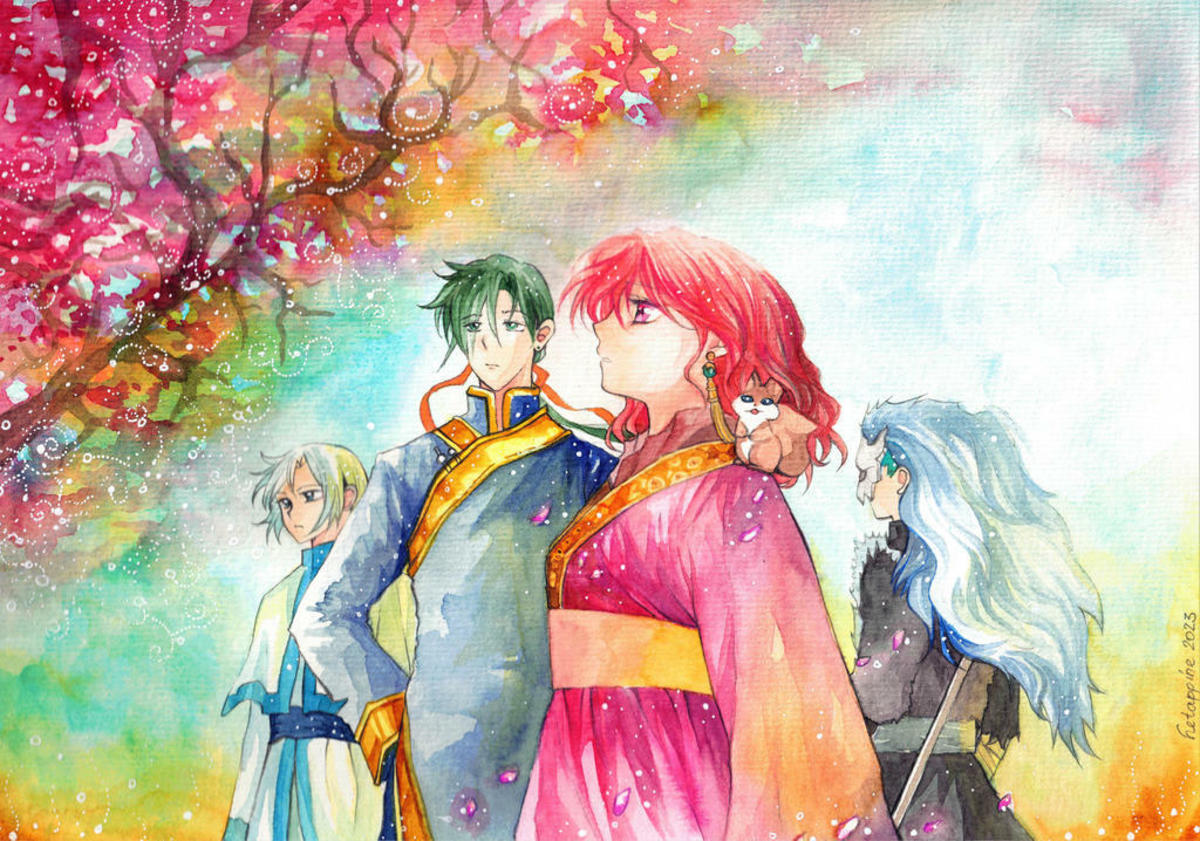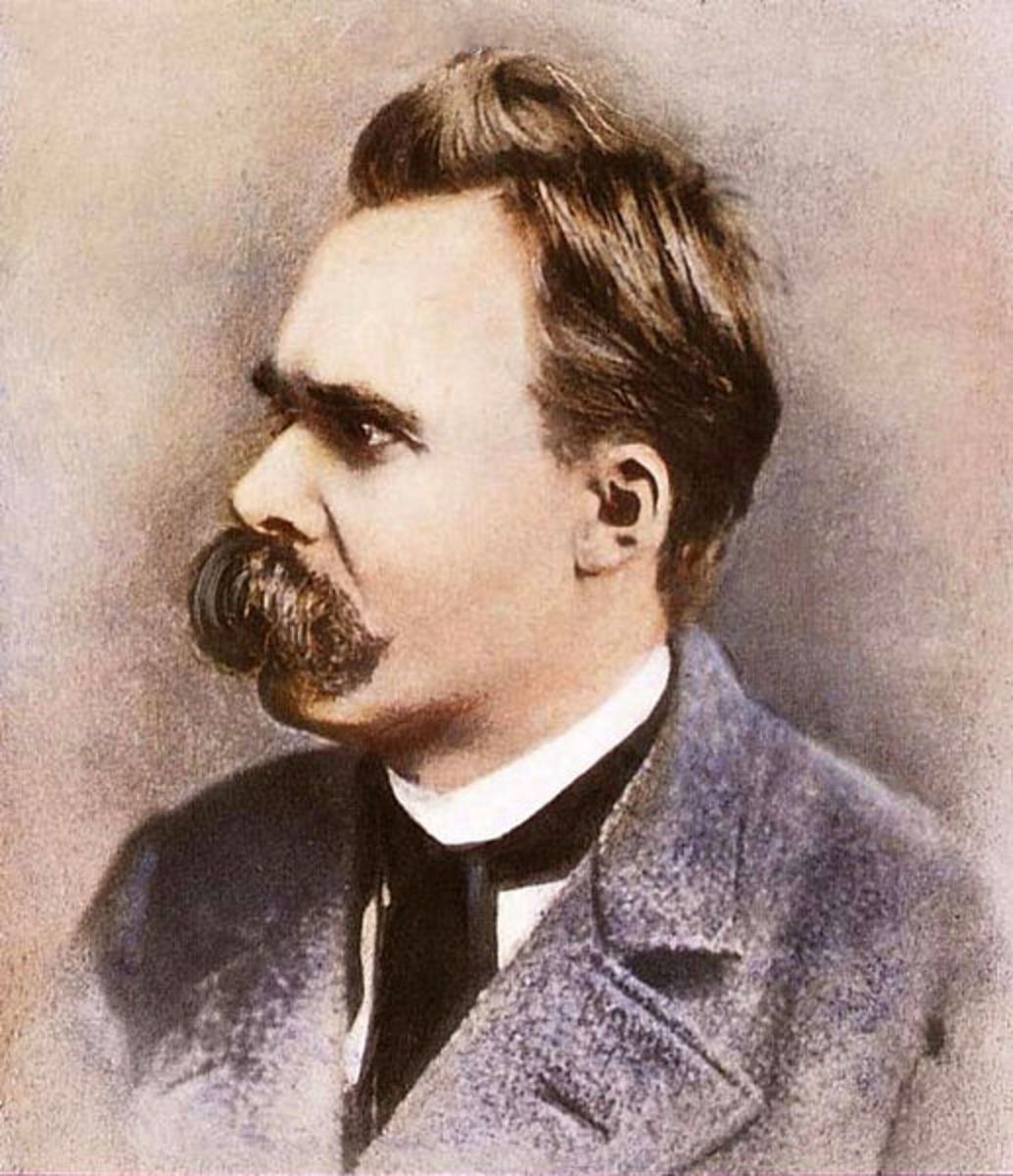Philosophy of Art
Art has given us many forms and aesthetic images, whether in music, poetry or plastic arts. We find that there are many philosophical forms in art that dealt with many cultural activities such as science, history and ethics. It was not impossible for them to deal with analysis and study of the aesthetic phenomenon. Hence, we have a branch of philosophy called philosophy of art. It is a critical examination of many of the beliefs and principles associated with the aesthetic phenomenon such as the nature of beautiful art, what distinguishes the creative artist from others, the analysis of the phenomenon of taste, the function of art in human civilization, and the role of the critic for the work of art. To other questions closely related to the world of art and thus the philosophy of art is a normative study looking at what should be the impact of art in the light of a higher aesthetics.
In ancient times, the philosophy of art was not an independent, self-contained subject. It was integrated into the philosophic philosophy of the philosopher as we see in Greek philosophy. For example, Plato's theory of the existence of the example, the sensory presence, represents much less than philosophy and mathematics. Only the artist imitates sensory objects and sensory objects in turn imitating images, and as such it is a tradition of imitation. Hence, true beauty is the beauty of goodness that Plato put in the value of the world of ideals. Alexander Baumgarten is the first to introduce aesthetics or aesthetics in the form of complete science where beauty has become the perfection of the sensory world. With the advent of psychological studies it was discovered that the truth of beauty is not the perfection of sensory knowledge, but that the fact of beauty is linked to an independent force, the conscience.
The 18th century in England witnessed great progress in the field of aesthetic studies. Shaftesbury, with his aesthetic philosophy of ethics, and in Scotland, Burke and Hume, exhibited their psychological research in beauty. In Germany, Kant was seen by some as the true founder of aesthetics thanks to his book Criticism of the Queen of Wisdom, in which beauty was defined as the direct and exclusive language of man's perception of the images of things and their relation. He came after Kant, the great philosopher who looked at art As the lowest degree of achievement of absolute reason. Then came the Romantic movement in the 19th century and looked at everything, including nature, as a manifestation of art.
As for contemporary philosophy, it is in the hands of its philosophers (eg Tolstoy, Crochet, Bergson, Sartre, Cassier, Heidegger and others). Tolstoy tends to discuss the emotional function of the artwork, or, in other words, discuss the impact of the artwork on his taste. It is here that Tolstoy's good and true art is the one that will spread the infection among his taste.
As for Crouch, we find that it emphasizes the purely spiritual nature of the work of art, considering that the spiritual energy is contained in the formation of intuition alone, and when achieved this process thus achieves the artistic creation, but what comes after that is only an external reconstruction necessary to transfer intuition or delivery, But it does not mean to look at the essence of intuition itself.
Kasserr emphasizes the symbolic character of the work, and his position is shared by Susan Langer. Hence, the artistic process has a cognitive function, as do other symbolic forms.

© 2019 Oussema Ben Romdhane








